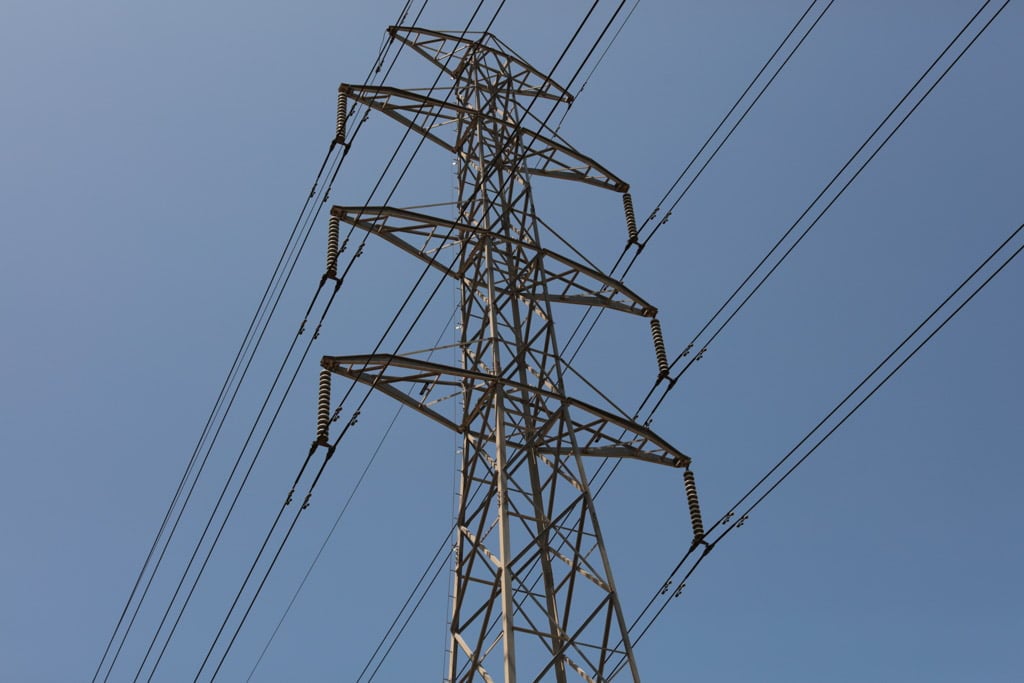The Coalition, in its vendetta against clean renewable energy, will this week push a bill through Parliament that obliges the Clean Energy Finance Corporation to manage a $1billion ‘Grid Reliability Fund’, able to invest in technologies that ‘support the achievement of a low emissions energy system’. In other words, new gas generators (though not coal-fired power).
So just how low-emission is gas?
According to the Union of Concerned Scientists, natural gas emits 50-60% less carbon dioxide when combusted in a new, efficient natural gas power plant compared with emissions from a typical new coal plant.
Are all our gas power plants efficient? Unlikely – the average age is ~20 years.
Also, generation emissions are not the whole story and don’t take into account leakage of methane in drilling and extracting natural gas from wells or leakage from pipelines and this methane is 34 – 86 times stronger over time in trapping heat than is CO2.
- Gas is cleaner than other fossil fuels in that it produces negligible sulfur, mercury and particulates but it does produce nitrogen oxides and they are precursors of smog.
- Drilling for gas has significant impacts on ecosystems through erosion, habitat fragmentation, pipelines, roads, sedimentation into streams, chemical spills etc.
- Gas developments can use large volumes of water, hydraulic fracturing can contaminate underground water with hazardous chemicals like hydrochloric acid, used in drilling, processing and refining the oil or gas, or disposing of wastewater.
Windfarms and solar panels? They do none of this. Large wind turbines make up for the energy used in their construction and installation in 3 – 9 months, depending on conditions. They can also be readily recycled at the end of their decades-long lifespan.
Now, and into the future, wind and solar and storage remain the cheapest technologies; much cheaper than gas, carbon capture and nuclear.
The Coalition Government must be held accountable for wasting any of this $1 billion on gas.
We should be told what difference it will make to our greenhouse emissions, whether it’s value money and why $1 billion would not be better spent on renewable energy rather than gas.
But the real question is not whether or not to achieve ‘grid reliability’ with gas. It’s how to completely transform our systems so electricity generation – which is responsible for over 1/3rd of our total emissions – is as close as possible to zero emissions.
AEMO’s Renewable Integration Study: Stage 1 Report in April spells out the current limits to very high penetrations of renewable energy in the National Electricity Market and recommends actions that would meet the system’s technical needs.
It says:
If recommended actions are taken, the NEM could potentially be operated securely …. by 2025, with up to 75% of total generation coming from wind and solar resources at any time.
[and]….. up to as high as 100% of wind and solar generation operating securely at times, is theoretically achievable in future. This would, however, require more advanced methods of system operation, coupled with provision of essential system services to ensure adequate system flexibility, frequency, and voltage management.
AEMO warns of high levels of complexity and the inter-relatedness of power system security challenges.
The thing is, we have known for decades that changing systems and infrastructure for the shift in power generation from fossil fuels to renewables would be an immense undertaking and should have been started years ago. It’s never too late but we must not waste any more time or money on locking in gas.
Only a deluded, short-sighted government working for narrow vested interests in the fossil fuel sector would so compromise the nation’s interests.
Climate change is one of the most devastating problems that humanity has ever faced—and the clock is running out.
Union of Concerned Scientists
Australia’s power generation in 2019
Renewable energy generation – 21% (wind 7%, solar 7%, hydro 5%, other 2%) (SA 50%)
Gas-fired generation – 23%
Coal-fired generation – 56%
See here for the Reserve Bank of Australia’s breakdown of renewable energy generation by state and their forward commitments.
Update 4 Sept 2020 – article in ReNew by Oliver Yates on this subject

